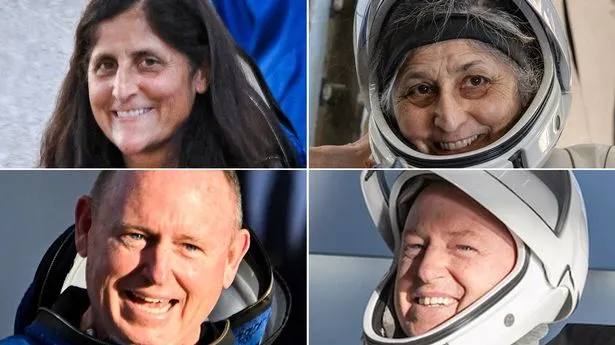
Astronauts’ Before and After: Months in Space Captured
NASA astronauts Barry ‘Butch’ Wilmore and Sunita ‘Suni’ Williams recently returned to Earth after an unplanned nine-month mission aboard the International Space Station (ISS). Originally scheduled for a brief eight-day stay, their mission was extended to 250 days due to unforeseen circumstances.
Upon their return, noticeable physical changes were evident, highlighting the impact of prolonged exposure to microgravity. Before-and-after photographs reveal that both astronauts appeared more gaunt, a common effect of extended space missions. This physical transformation is primarily due to muscle atrophy and bone density loss experienced in microgravity environments.
In space, astronauts can lose approximately 1-2% of bone density per month, particularly in the hip and spine regions. This reduction occurs because bones that typically bear weight under Earth’s gravity receive less stimulation in microgravity, leading to decreased bone mass. Muscle atrophy also occurs as muscles are used less frequently without gravity’s resistance.
Upon landing, both Wilmore and Williams were carried out on stretchers—a standard procedure for astronauts returning from long-duration missions. This precaution addresses the body’s readjustment to Earth’s gravity after an extended period in space, during which balance and cardiovascular systems adapt to microgravity.
The astronauts’ return required a challenging re-entry through Earth’s atmosphere, culminating in a splashdown off the coast of Florida. Despite the physical toll, such missions provide invaluable data on the human body’s adaptability to space, informing future long-duration space travel and potential missions to Mars.
These observations underscore the resilience of astronauts and the importance of ongoing research into mitigating the physiological challenges posed by prolonged space exploration.
